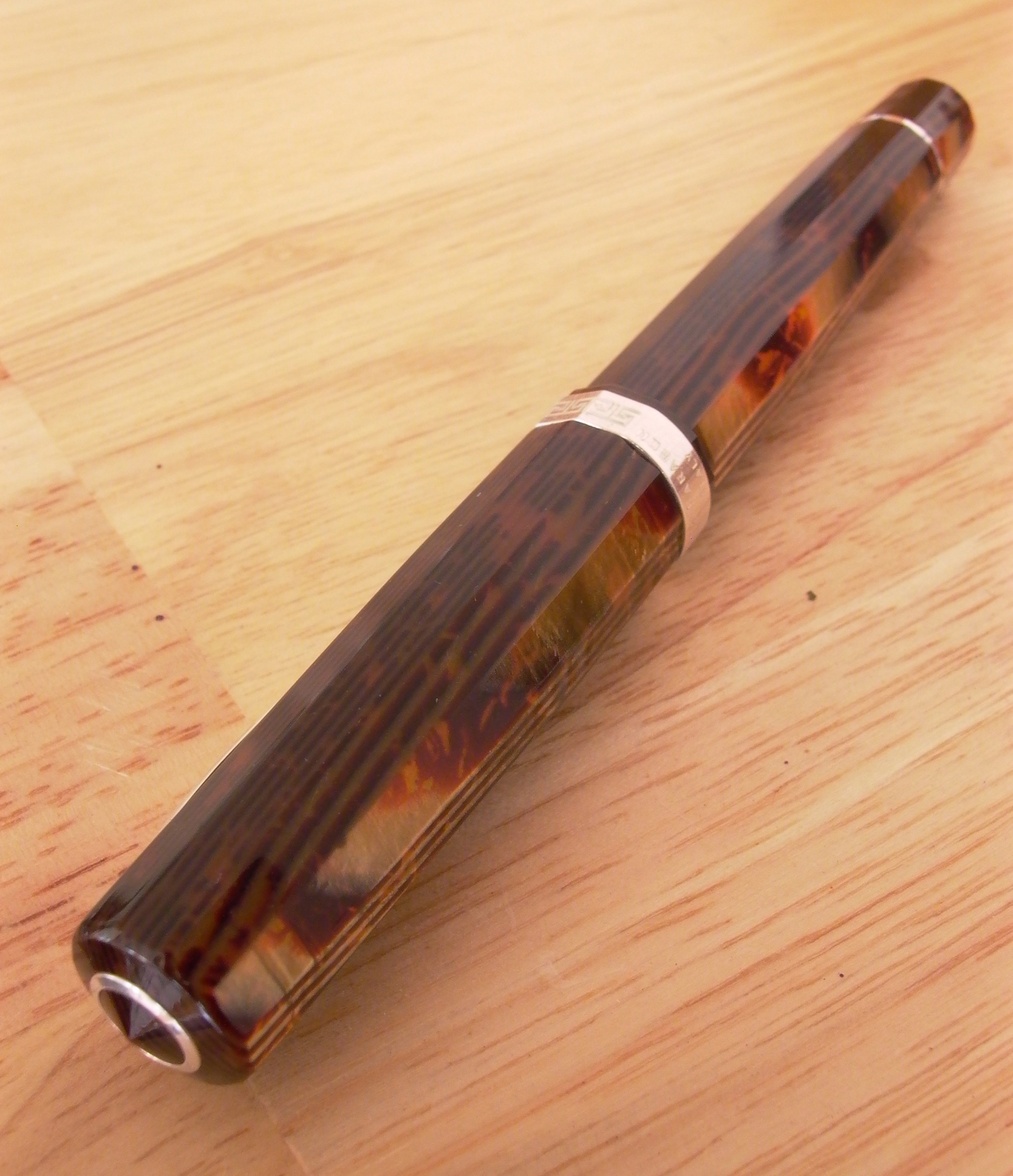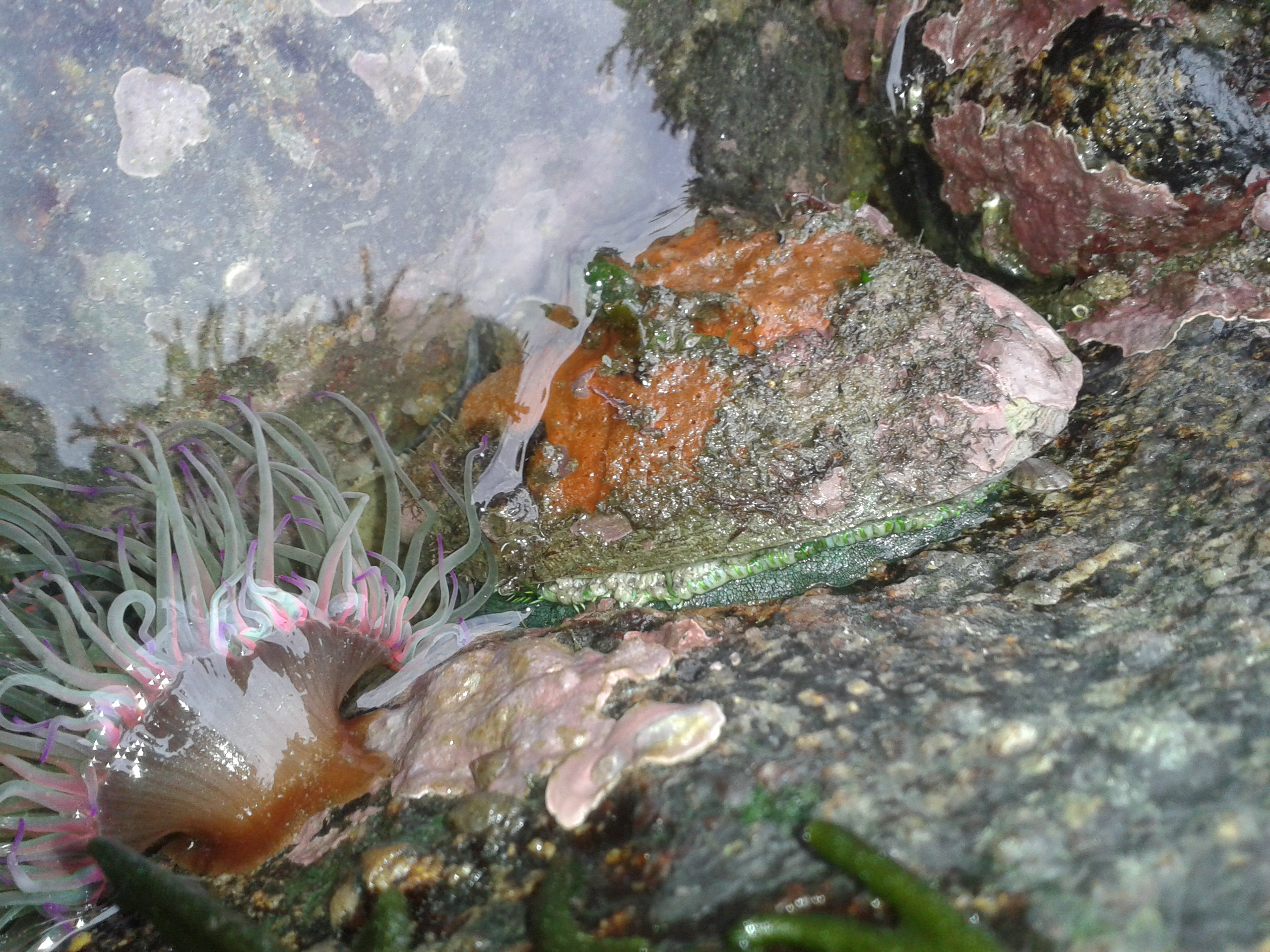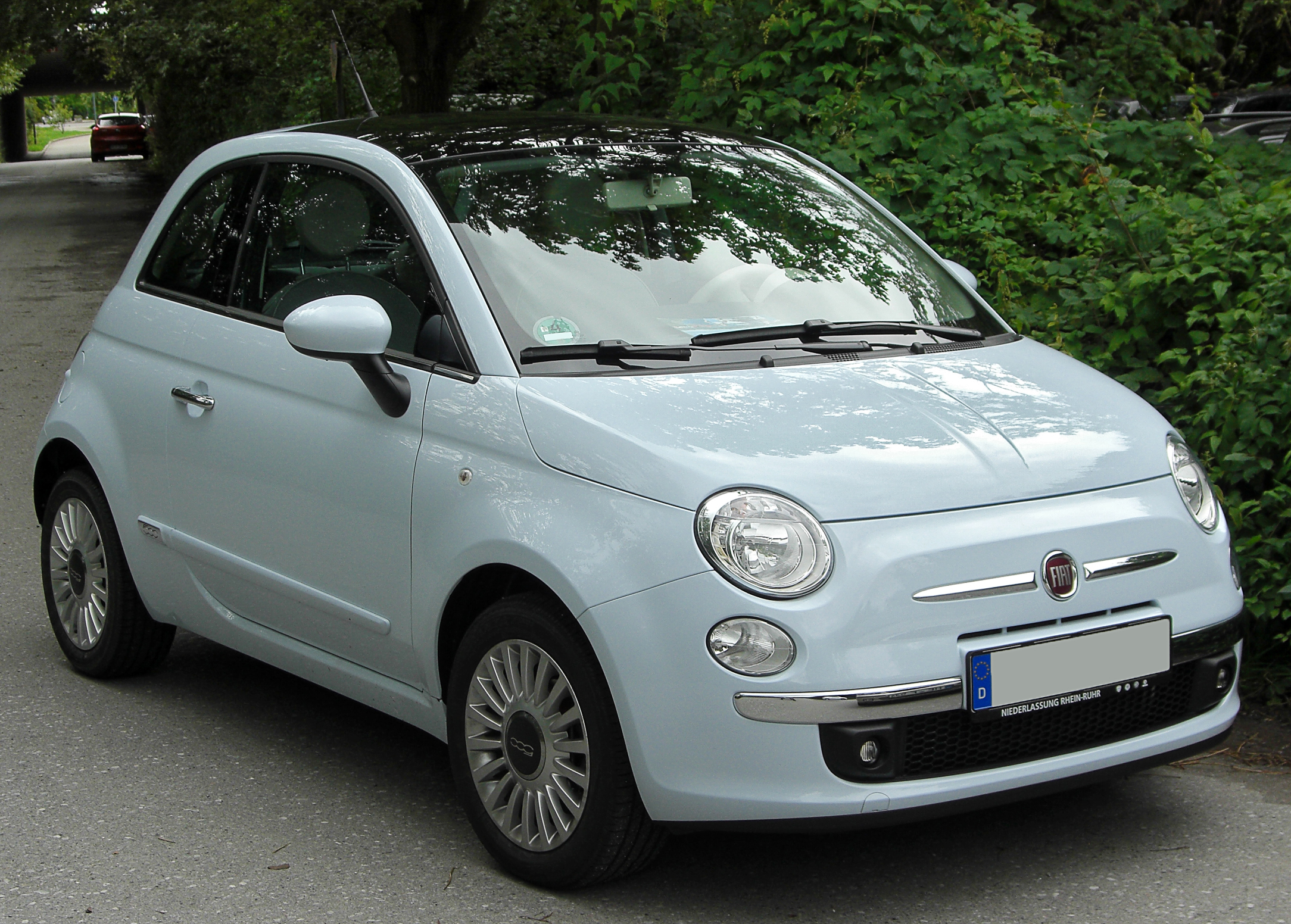|
Pearloid
Pearloid is a plastic that is intended to resemble mother of pearl. It is commonly used in making musical instruments, especially for pickguards, electric guitar inlays, and accordions. Production Pearloid is produced by swirling together chunks of celluloid in a solvent, then curing, which gives it a mother of pearl effect. It is sliced and bonded to or inlaid in other materials, such as the wood of guitar necks. Use Pearloid is used in any context where genuine mother of pearl or abalone might be used, as it is much cheaper and doesn't deplete the supply of the natural material. Gibson uses it as a substitute for the mother of pearl inlays in the fretboards on most of its guitars. Various colored versions are often used on items intended to have a retro appearance. See also * Imitation pearl *Cultured pearl Cultured pearls are formed within a cultured pearl sac with human intervention in the interior of productive living molluscs in a variety of conditions depend ... [...More Info...] [...Related Items...] OR: [Wikipedia] [Google] [Baidu] |
Pickguard
A pickguard (also known more correctly as scratchplate) is a piece of plastic or other (often laminated) material that is placed on the body of a guitar, mandolin A mandolin ( it, mandolino ; literally "small mandola") is a stringed musical instrument in the lute family and is generally plucked with a pick. It most commonly has four courses of doubled strings tuned in unison, thus giving a total of 8 ... or similar plucked string instrument. The main purpose of the pickguard is to protect the guitar's finish from being scratched by the nails of the picking hand, as it was included on guitars not played with a plectrum. The pick does not normally contact that part of the guitar when used correctly. As well as serving a practical purpose, the pickguard may also be used for decoration and is often made in a contrasting color to that of the guitar body (popular variants are white pickguards on darker guitars and black pickguards on lighter guitars). As well as plastic, other p ... [...More Info...] [...Related Items...] OR: [Wikipedia] [Google] [Baidu] |
Gibson Les Paul '57 Historic Reissue (2002)
Gibson may refer to: People * Gibson (surname) Businesses * Gibson Brands, Inc., an American manufacturer of guitars, other musical instruments, and audio equipment * Gibson Technology, and English automotive and motorsport company based * Gibson Appliance, a former American refrigerator manufacturer * Gibson Greetings, an American greeting cards brand * Gibson's Discount Center, a former American discount store chain * Gibson Manufacturing Corporation, a former American tractor and railroad speeder manufacturer Places Australia * Gibson, Western Australia, village * Gibson Desert, Western Australia Canada * Gibsons, town in British Columbia United States * Gibson, Arkansas * Gibson, Georgia * Gibson, Iowa * Gibson, Louisiana * Gibson, Mississippi * Gibson, Dunklin County, Missouri * Gibson, Pemiscot County, Missouri * Gibson, North Carolina * Gibson, Pennsylvania * Gibson, Tennessee * Gibson, Wisconsin * Gibson Amphitheatre, former indoor amphitheatre in Los Ang ... [...More Info...] [...Related Items...] OR: [Wikipedia] [Google] [Baidu] |
Mother Of Pearl
Nacre ( , ), also known as mother of pearl, is an organicinorganic composite material produced by some molluscs as an inner shell layer; it is also the material of which pearls are composed. It is strong, resilient, and iridescent. Nacre is found in some of the most ancient lineages of bivalves, gastropods, and cephalopods. However, the inner layer in the great majority of mollusc shells is porcellaneous, not nacreous, and this usually results in a non-iridescent shine, or more rarely in non-nacreous iridescence such as ''flame structure'' as is found in conch pearls. The outer layer of cultured pearls and the inside layer of pearl oyster and freshwater pearl mussel shells are made of nacre. Other mollusc families that have a nacreous inner shell layer include marine gastropods such as the Haliotidae, the Trochidae and the Turbinidae. Physical characteristics Structure and appearance Nacre is composed of hexagonal platelets of aragonite (a form of calcium carbo ... [...More Info...] [...Related Items...] OR: [Wikipedia] [Google] [Baidu] |
Electric Guitar
An electric guitar is a guitar that requires external amplification in order to be heard at typical performance volumes, unlike a standard acoustic guitar (however combinations of the two - a semi-acoustic guitar and an electric acoustic guitar exist). It uses one or more pickups to convert the vibration of its strings into electrical signals, which ultimately are reproduced as sound by loudspeakers. The sound is sometimes shaped or electronically altered to achieve different timbres or tonal qualities on the amplifier settings or the knobs on the guitar from that of an acoustic guitar. Often, this is done through the use of effects such as reverb, distortion and "overdrive"; the latter is considered to be a key element of electric blues guitar music and jazz and rock guitar playing. Invented in 1932, the electric guitar was adopted by jazz guitar players, who wanted to play single-note guitar solos in large big band ensembles. Early proponents of the electric guitar ... [...More Info...] [...Related Items...] OR: [Wikipedia] [Google] [Baidu] |
Accordions
Accordions (from 19th-century German ''Akkordeon'', from ''Akkord''—"musical chord, concord of sounds") are a family of box-shaped musical instruments of the bellows-driven free-reed aerophone type (producing sound as air flows past a reed in a frame), colloquially referred to as a squeezebox. A person who plays the accordion is called an accordionist. The concertina , harmoneon and bandoneón are related. The harmonium and American reed organ are in the same family, but are typically larger than an accordion and sit on a surface or the floor. The accordion is played by compressing or expanding the bellows while pressing buttons or keys, causing ''pallets'' to open, which allow air to flow across strips of brass or steel, called '' reeds''. These vibrate to produce sound inside the body. Valves on opposing reeds of each note are used to make the instrument's reeds sound louder without air leaking from each reed block.For the accordion's place among the families of musical i ... [...More Info...] [...Related Items...] OR: [Wikipedia] [Google] [Baidu] |
Celluloid
Celluloids are a class of materials produced by mixing nitrocellulose and camphor, often with added dyes and other agents. Once much more common for its use as photographic film before the advent of safer methods, celluloid's common contemporary uses are table tennis balls, musical instruments, combs, office equipment, and guitar picks. History Nitrocellulose Nitrocellulose-based plastics slightly predate celluloid. Collodion, invented in 1848 and used as a wound dressing and an emulsion for photographic plates, is dried to a celluloid like film. Alexander Parkes The first celluloid as a bulk material for forming objects was made in 1855 in Birmingham, England, by Alexander Parkes, who was never able to see his invention reach full fruition, after his firm went bankrupt due to scale-up costs. Parkes patented his discovery as Parkesine in 1862 after realising a solid residue remained after evaporation of the solvent from photographic collodion. Parkes patented it as a cloth ... [...More Info...] [...Related Items...] OR: [Wikipedia] [Google] [Baidu] |
Solvent
A solvent (s) (from the Latin '' solvō'', "loosen, untie, solve") is a substance that dissolves a solute, resulting in a solution. A solvent is usually a liquid but can also be a solid, a gas, or a supercritical fluid. Water is a solvent for polar molecules and the most common solvent used by living things; all the ions and proteins in a cell are dissolved in water within the cell. The quantity of solute that can dissolve in a specific volume of solvent varies with temperature. Major uses of solvents are in paints, paint removers, inks, and dry cleaning. Specific uses for organic Organic may refer to: * Organic, of or relating to an organism, a living entity * Organic, of or relating to an anatomical organ Chemistry * Organic matter, matter that has come from a once-living organism, is capable of decay or is the product ... solvents are in dry cleaning (e.g. tetrachloroethylene); as paint thinners ( toluene, turpentine); as nail polish removers and solvents of glue ... [...More Info...] [...Related Items...] OR: [Wikipedia] [Google] [Baidu] |
Abalone
Abalone ( or ; via Spanish , from Rumsen ''aulón'') is a common name for any of a group of small to very large marine gastropod molluscs in the family Haliotidae. Other common names are ear shells, sea ears, and, rarely, muttonfish or muttonshells in parts of Australia, ormer in the UK, perlemoen in South Africa, and paua in New Zealand. Abalones are marine snails. Their taxonomy puts them in the family Haliotidae, which contains only one genus, '' Haliotis'', which once contained six subgenera. These subgenera have become alternate representations of ''Haliotis''. The number of species recognized worldwide ranges between 30 and 130 with over 230 species-level taxa described. The most comprehensive treatment of the family considers 56 species valid, with 18 additional subspecies. The shells of abalones have a low, open spiral structure, and are characterized by several open respiratory pores in a row near the shell's outer edge. The thick inner layer of the shell is comp ... [...More Info...] [...Related Items...] OR: [Wikipedia] [Google] [Baidu] |
Gibson Guitar Corporation
Gibson Brands, Inc. (formerly Gibson Guitar Corporation) is an American manufacturer of guitars, other musical instruments, and professional audio equipment from Kalamazoo, Michigan, and now based in Nashville, Tennessee. The company was formerly known as Gibson Guitar Corporation and renamed Gibson Brands, Inc. on June 11, 2013. Orville Gibson started making instruments in 1894 and founded the company in 1902 as the Gibson Mandolin-Guitar Mfg. Co. Ltd. in Kalamazoo, Michigan, to make mandolin-family instruments. Gibson invented archtop guitars by constructing the same type of carved, arched tops used on violins. By the 1930s, the company was also making flattop acoustic guitars, as well as one of the first commercially available hollow-body electric guitars, used and popularized by Charlie Christian. In 1944, Gibson was bought by Chicago Musical Instruments (CMI), which was acquired in 1969 by Panama-based conglomerate Ecuadorian Company Limited (ECL), that changed its ... [...More Info...] [...Related Items...] OR: [Wikipedia] [Google] [Baidu] |
Retro
Retro style is imitative or consciously derivative of lifestyles, trends, or art forms from history, including in music, modes, fashions, or attitudes. In popular culture, the " nostalgia cycle" is typically for the two decades that begin 20–30 years ago. Definition The term ''retro'' has been in use since 1972 to describe on the one hand, new artifacts that self-consciously refer to particular modes, motifs, techniques, and materials of the past. But on the other hand, many people use the term to categorize styles that have been created in the past. Retro style refers to new things that display characteristics of the past. Unlike the historicism of the Romantic generations, it is mostly the recent past that retro seeks to recapitulate, focusing on the products, fashions, and artistic styles produced since the Industrial Revolution, the successive styles of Modernity. The English word ''retro'' derives from the Latin prefix ''retro'', meaning backwards, or in past times. In Fr ... [...More Info...] [...Related Items...] OR: [Wikipedia] [Google] [Baidu] |
Imitation Pearl
Imitation pearls are man-made ''faux'' pearls. They are not to be confused with cultured pearls, which are real pearls created through artificial intervention. Materials used to create imitation pearls include glass, plastic, and mollusc shells. As an alternative, some plastic beads are coated with a pearlescent substance to imitate the natural iridescence of nacre or mother of pearl. Types *Bathed pearl (also called Angel, Sheba, Mikomo, Kobe, Nikko, Sumo, Fijii, Aloha, or "improved cultured pearl") is a mother-of-pearl core coated with a mixture of plastic enamel, lead carbonate, mica, and titanium dioxide, then with a film of iridescent nylon. *Bohemian pearl is a cut and buffed mother-of-pearl protuberance. *Cotton pearl (also called "Utter Ethical pearl") is made merely from cotton and mica. *Glass pearl is a glass bead dipped or sprayed with pearlescent material, or hollow glass bead filled with pearlescent material. One variation is the Majorica pearl. Wax-filled pearl ... [...More Info...] [...Related Items...] OR: [Wikipedia] [Google] [Baidu] |
Cultured Pearl
Cultured pearls are formed within a cultured pearl sac with human intervention in the interior of productive living molluscs in a variety of conditions depending upon the mollusc and the goals. Just as the same as natural pearls, cultured pearls can be cultivated in seawater or freshwater bodies. Nowadays, over 95% of the pearls available on the market would be cultured pearls. Development of a pearl A pearl is formed when the mantle tissue is injured by a parasite, an attack of a fish, or another event that damages the external fragile rim of the shell of a mollusk shell bivalve or gastropod. In response, the mantle tissue of the mollusk secretes nacre into the pearl sac, a cyst that forms during the healing process. Chemically speaking, this is calcium carbonate and a fibrous protein called conchiolin. As the nacre builds up in layers of minute aragonite tablets, it fills the growing pearl sac and eventually forms a pearl. Natural pearls are initiated in nature more or ... [...More Info...] [...Related Items...] OR: [Wikipedia] [Google] [Baidu] |
.png)








